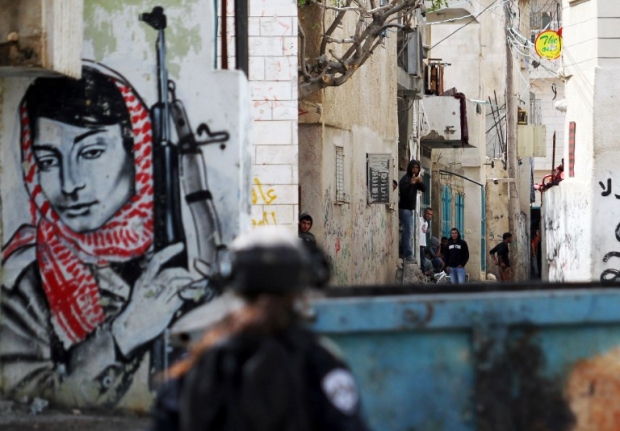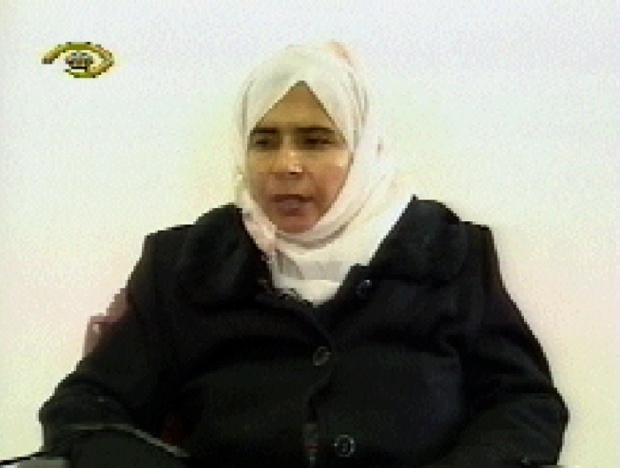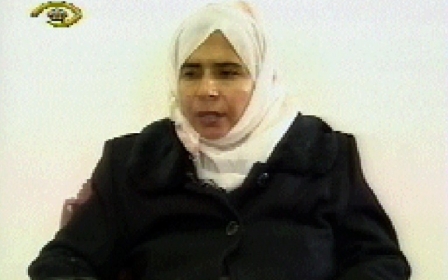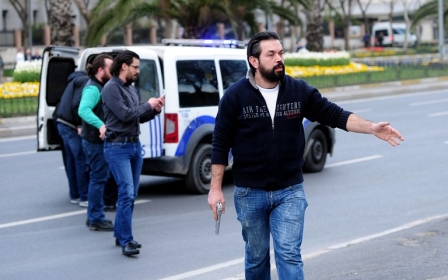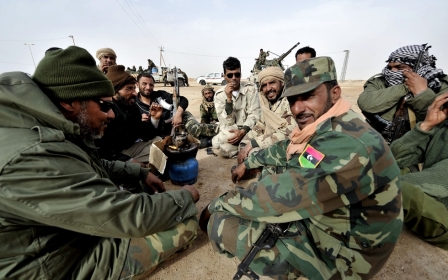Sexism in terrorism: How reporting on women's acts of violence distorts reality
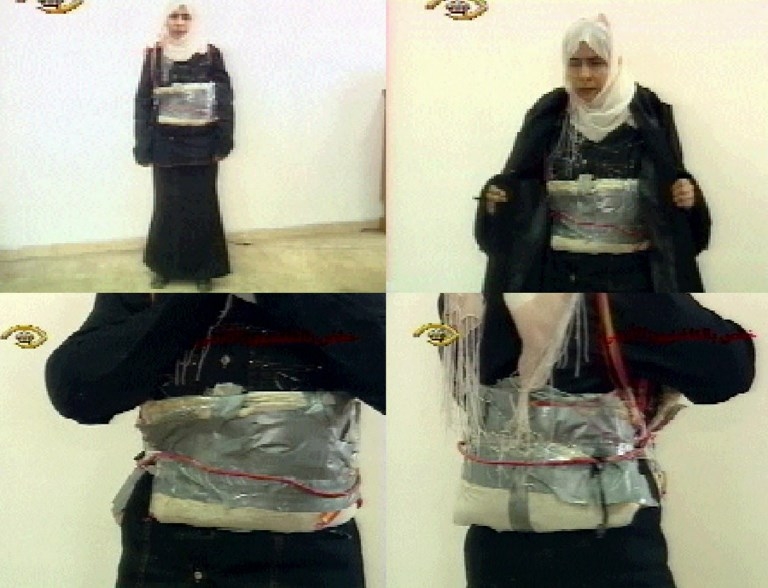
On 27 April 2017, police raided the north London homes of three women suspected of planning a knife plot in what would have been the “UK’s first all-female terror attack”, according to multiple news outlets. The women were taken into custody, one of whom had been shot by the police.
While an array of headlines spread across the internet, a majority of the stories focused on a particular angle: the wounded woman refused treatment from the paramedics as she did not want to be tended to, presumably, by a male medical practitioner.
While a noteworthy point, this is far removed from the main topic of concern. Sensationalist journalism chose to highlight the frame of the female body as the platform of reporting, rather than the underlying drivers of the attack, the risk to the public or how it was detected and contained.
The angle of the story then shifted to the attire of the women. Charged with terrorism offences and conspiracy to commit murder, the women made their first court appearance on 12 May 2017.Headlines read: “Magistrate orders ‘UK’s first all-female terror group’ to lift burka veils in court as they appear accused of Westminster knife plot,” from The Sun and “Mother and daughter in terror plot case ordered to lift veils by magistrate who demands to see their eyes,” from The Telegraph.
Such media reporting shifts readers’ attention to irrelevant aspects and distracts them from the agency and culpability of these women.
Media distortion
The media follows suit with this general rhetoric when covering the West Asia-North Africa region. Indeed, a closer look into the reporting on some high profile Arab female fighters provides insight into the imagined motives of their executed or thwarted operations. Three names come to mind: Leila Khaled, Wafa Idris, and Sajida Rishawi.
Leila Khaled came to notoriety, principally because of the ambiguity of her status of freedom-fighter versus terrorist. In 1969, as part of a Popular Front for the Liberation of Palestine (PFLP) operation, she hijacked TWA 840 from Rome to Tel Aviv, without causing harm to passengers. As a result, she became an icon of liberation for many. However, the media swarm surrounding the incident ultimately gave way to her becoming the "pin-up girl" for the Palestinian struggle.
Wafa Idris, the first Palestinian female suicide bomber, and Sajida Rishawi, an Iraqi terrorist, are decidedly and without a doubt violent extremists. The agency behind their attacks, however, was morphed by media outlets.
Idris was the subject of much speculation as to the drivers behind her attack, in which one was killed and several hundred injured. A New York Times article published on 31 January 2002 read: “She was born in a refugee camp, conditioned to militancy by the first Palestinian uprising against Israel, divorced by a husband disappointed over their failure to have children, enraged as she picked up and patched the Palestinian wounded of the current conflict.”
What is generally omitted is that the couple were married solely to provide a cover story to enter Jordan to execute the attack. This irresponsible reporting, as well as her false statement, gives the impression that she was manipulated into the plot by her spouse.
Limited public information
In West Asia-North Africa, public information regarding female fighters is limited at best. However, research currently conducted at the Amman-based WANA Institute demonstrates that women’s role in the radicalisation and de-radicalisation process is crucial.
The media focus on physical appearance and personal relationships somewhat relieves the women of their agency in conducting acts of terror
At a recent focus group discussion, the head of a local NGO who researches this topic noted that women have over 20 different functions within a terrorist organisation. They include marriages, recruiting other women and, in some cases, fighting. The study also found that recruitment messages are tailored differently for women in the East and West.
The media focus on physical appearance and personal relationships somewhat relieves the women of their agency in conducting acts of terror. Misinterpreting their motives and struggles is a cause for concern, as it prevents academics, journalists, and researchers from understanding the true drivers of female terrorism.
Limitations created by inaccurate media portrayals as well as cultural sensitivities of discussing women in the region must be rectified to build on our understanding of their role in violent extremism, and override this growing phenomenon.
- Nadine Sayegh is a researcher at the WANA Institute, specialising in Human Security and Countering Violent Extremism.
The views expressed in this article belong to the author and do not necessarily reflect the editorial policy of Middle East Eye.
Photo: TV grabs taken from Jordanian TV on 13 November 2005 shows Iraqi Sajida Mubarak al-Rishawi, 35, displaying her explosive belt which failed to detonate during coordinated attacks on three hotels in Amman on 9 November 2005 (AFP)
This article is available in French on Middle East Eye French edition.
New MEE newsletter: Jerusalem Dispatch
Sign up to get the latest insights and analysis on Israel-Palestine, alongside Turkey Unpacked and other MEE newsletters
Middle East Eye delivers independent and unrivalled coverage and analysis of the Middle East, North Africa and beyond. To learn more about republishing this content and the associated fees, please fill out this form. More about MEE can be found here.




